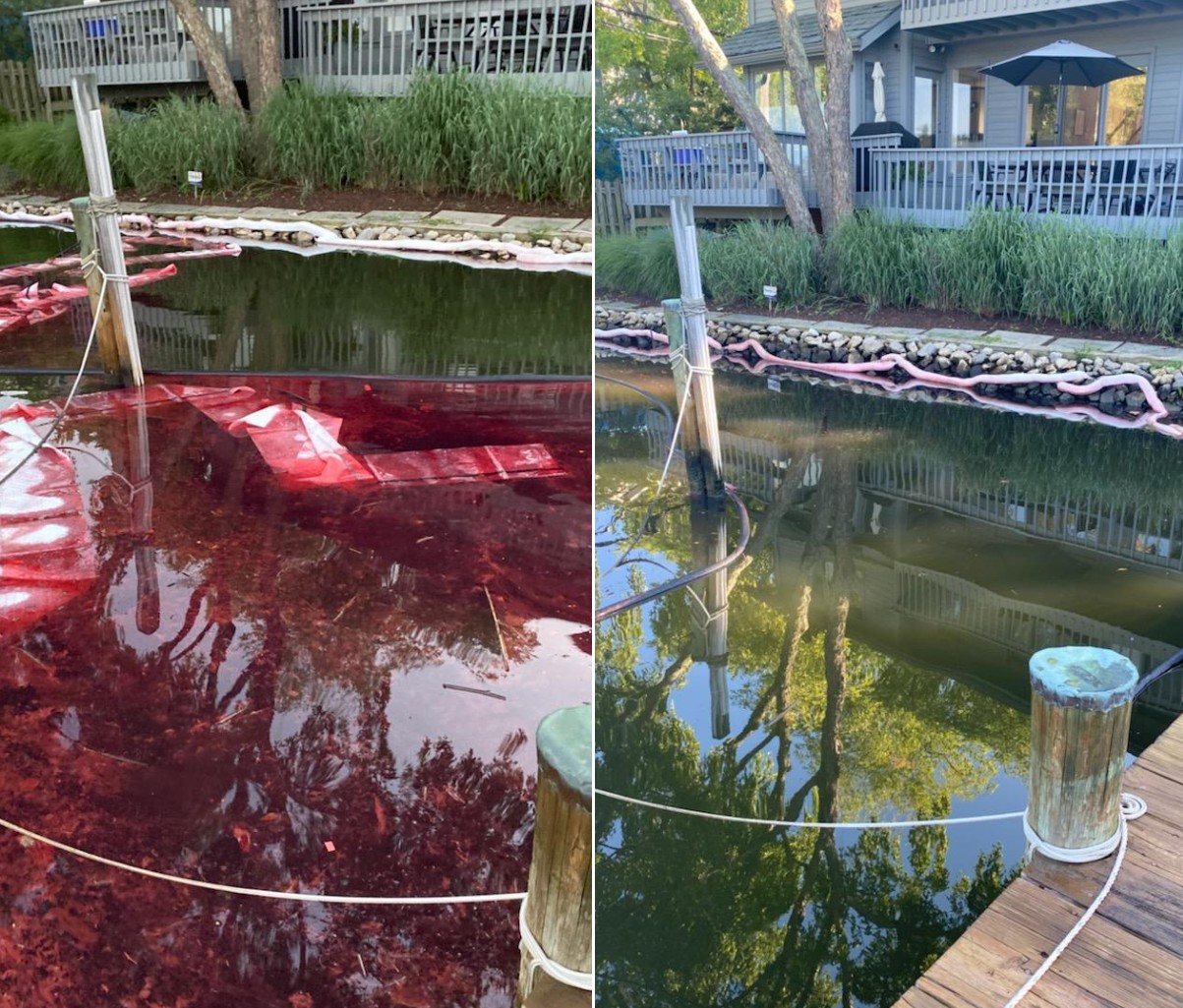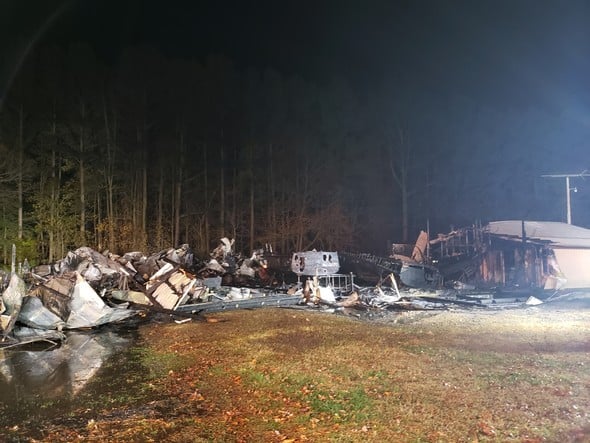18 species whose populations may be in trouble will get a review for threatened or endangered status from the U.S. Fish and Wildlife Service (USFWS). The agency was court mandated to finalize dates for reviewing the status of various species across the country, including the Chesapeake region, according to the Center for Biological Diversity. In hearings to be held between 2022 and 2026, USFWS will be assessing whether these species should be listed as endangered or threatened under the Endangered Species Act .
Two Bay-region species that are included are the monarch butterfly and the Bethany Beach firefly. Both will be assessed in 2024.
The ever-popular monarch butterflies occur throughout North America. The populations east of the Rocky Mountains migrate 3,000 miles every fall, leaving Canada to overwinter in Mexico. Some of them will fly through the Chesapeake Bay region along the way, looking for nectar in patches of asters and goldenrods.
But threats such as habitat loss, pesticide use, climate change, and more have dropped population numbers by 80 percent since 1996. Without legal support, it is difficult to address everything. “We have people motivated to do the right thing, but we don’t have the regulatory threat right now,” said Emma Pelton, a senior endangered species conservation biologist for the Xerces Society. “We are not seeing big changes because nobody has the fire under them since the monarchs aren’t listed.”
To assess the monarch’s status, USFWS will model the population viability and examine current conservation efforts, among other evaluations. The hope, Pelton said, is that with this label, conservation organizations can try and curtail deadly pesticides and help get critical habitat protected.
An endangered species designation would also benefit another local invertebrate, the Bethany Beach firefly. This insect primarily lives in 15 sites along 20 miles of the Delaware coast in rare wetland habitats between dunes. The firefly is protected in Delaware, but this does not translate to meaningful habitat protection, according to Candace Fallon, a senior conservation biologist at Xerces. If USFWS agrees to list it, that could help conserve critical habitat and ensure that “any kind of future development or management must assess its impact to the species first,” Fallon said.
We introduced readers to the Bethany Beach firefly’s plight in the June 2020 issue of Chesapeake Bay Magazine. Living in a very limited habitat, the firefly also has adversities stacked against it from beachside development to sea level rise and pesticides.
In 2020, the firefly was found for the first time at Assateague National Seashore in Maryland. Despite this good news, there is still a lot of uncertainty about the species, says Jennifer Selfridge, an invertebrate ecologist at the Maryland Department of Natural Resources. “With just one site and a couple of individuals, it is hard to say anything about its status.”
For poorly-understood species like the Bethany Beach firefly, protections and funding from the Endangered Species Act could give big boosts to local researchers. “There is a lot we still don’t know that even basic life history studies would be helpful,” Fallon said.
While Fallon and other researchers studying the firefly wait for the insect’s hearing in 2024, their work has not taken a backseat. In her view, “the petition definitely has spurred growing interest in conservation action for the species.”
-Emma Johnson




